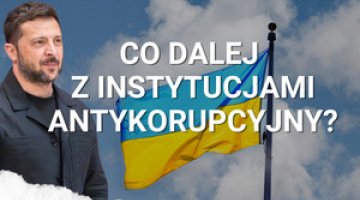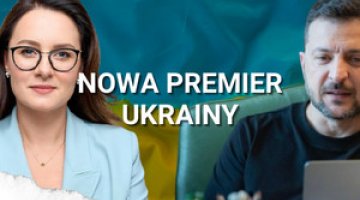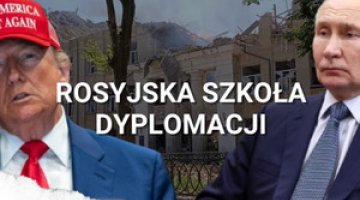Ukraine under pressure
The President of Ukraine, Petro Poroshenko, visited Canada on 17 September and the United States on 18 September. During his meetings in Washington he sought support for Ukraine, including the sale of arms and granting Ukraine the status of a non-aligned NATO ally. However, the American president Barack Obama did not agree to these moves. However, the US announced that it would provide support for the purchase of non-lethal military equipment, to the tune of US$46 million. On 19 September in Minsk, representatives of the contact group for resolving the conflict in Ukraine (Ukraine-Russia-OSCE) and the separatists signed another memorandum, which focused on how to implement a complete ceasefire. It called for the troops on the ground to remain in their positions of 19 September, for both parties to withdraw their high-calibre weapons 15 kilometres away from the front, and for all foreign troops and mercenaries to leave the territory of Ukraine. The OSCE is supposed to supervise the implementation of the agreement. Despite this, after 18 September the intensity of military operations in eastern Ukraine actually increased, mainly as the separatists attacked government forces.
Commentary
- Ukraine did not manage to obtain the international financial support for its military which it had striven for. Giving the Ukrainian president the opportunity to address a joint session of the American parliament, and the positive responses to it, were a symbolic expression of political support for Ukraine. However, the US president’s opposition to granting Ukraine the status of a non-aligned NATO ally and to sell Ukraine arms are a further sign that Western countries do not want to exacerbate the confrontation with Russia, and that Ukraine cannot count on a support in using force to resolve the conflict in the Donbas.
- The content of the memorandum signed in Minsk reveals the concessions which the Ukrainian side has had to make to Russia and the Moscow-backed separatists. For the first time, the separatists’ negotiators were listed in the document (as representatives of selected regions of the Donetsk and Lugansk regions), a move which formalises their presence and strengthens their legitimacy. From the military point of view, the memorandum’s provisions are less favourable for Ukraine than for the separatists (which was also true in relation to the previous memoranda). Above all, the latest agreement put obligations on the Ukrainian side, while the separatists do not fully observe the ceasefire, and nor has Russia removed all its troops, equipment and supplies out of the region, while continuing to support the rebels. As a result, the truce is being used by the separatists to strengthen the position of their troops in the conflict zone.
- Due to the West’s reluctance to offer military support, as well as the difficult situation of the Ukrainian army in the Donbas (President Poroshenko confirmed that around 60-65% of the equipment used in the anti-terrorist operation has been lost), Ukraine has been forced to seek a political compromise with Moscow. Russia’s position is much stronger, thanks to their side’s military successes, as well as to the West’s reluctance to escalate the conflict with Moscow. Russia is consistently attempting to implement its plan for the federalisation of Ukraine (which would actually mean the breakup of the country), which is intended to pull Kyiv into the Russian sphere of influence. By using the format of the contact group’s meetings in Minsk, as well as through bilateral talks between Presidents Putin and Poroshenko, Russia is putting pressure on Kyiv to grant autonomy to the eastern regions.





